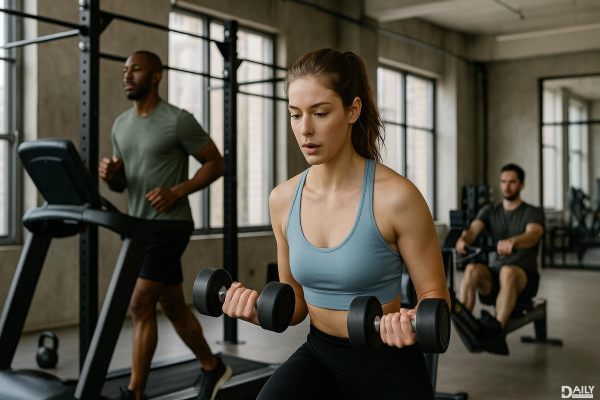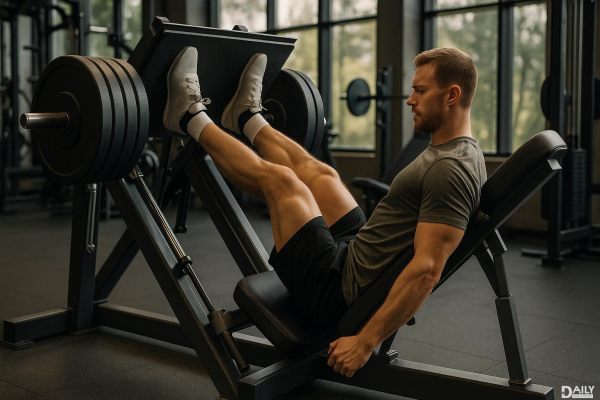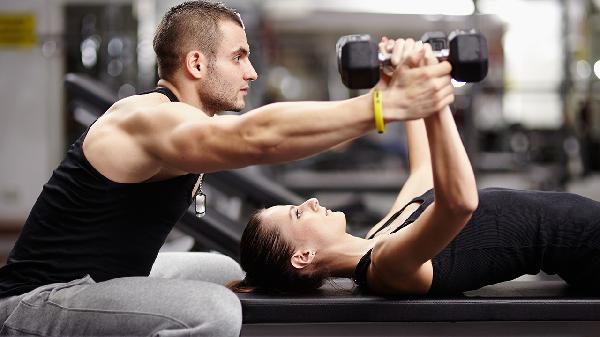So you're curious about the 3-2-8 workout and whether it can actually transform your body in just 30 days? The short answer: absolutely—if you stick with it. This hybrid training method blends strength, mobility, and cardio in a way that sneaks up on your metabolism like a ninja. I tried it for a month, and let’s just say my jeans fit differently (in a good way). Here’s the breakdown of how this deceptively simple routine turned my squishy quarantine bod into something slightly less squishy.
The 3-2-8 Method Explained
At its core, the 3-2-8 workout is a clever mashup of three key elements: three days of strength training, two days of Pilates or barre (yes, the kind that makes you question your life choices), and eight thousand steps daily. It’s not about grinding yourself into exhaustion—it’s about strategic movement that keeps your body guessing. The strength sessions focus on compound lifts (think deadlifts, squats, push-ups) to build lean muscle, while the Pilates days work those sneaky stabilizer muscles that traditional workouts ignore. And the steps? They’re the glue holding it all together, keeping your recovery active and your energy up.
Why This Combo Works Like Magic
Most fitness plans fail because they’re either too repetitive (looking at you, treadmill marathons) or unsustainable (who actually enjoys two-hour gym sessions?). The 3-2-8 formula sidesteps both pitfalls. Strength training spikes your metabolism for hours post-workout, Pilates improves posture and flexibility (goodbye, hunchback-from-zoom-meetings syndrome), and walking balances cortisol levels—aka the stress hormone that loves to hoard belly fat. Together, they create a "Goldilocks effect": not too intense, not too easy, just right for steady recomposition.
My 30-Day Experiment: The Nitty-Gritty
Week one felt suspiciously doable. Strength days were 45-minute full-body sessions with dumbbells, Pilates had me trembling through "simple" leg lifts, and hitting 8K steps meant pacing during phone calls. By week three, my arms had definition I didn’t know existed, and my core could actually hold a plank without whimpering. The biggest surprise? My energy levels. Unlike past programs that left me drained, the variety here kept me weirdly excited to move. Pro tip: sync Pilates days with rest days—your DOMS-riddled muscles will thank you.
The Science Behind the Results
Research backs this approach up. A 2022 study in the Journal of Strength and Conditioning found that combining resistance training with low-impact mobility work (like Pilates) improves body composition more than cardio alone. Walking? It’s the unsung hero of fat loss—a NEAT (non-exercise activity thermogenesis) powerhouse that burns extra calories without stressing joints. The 3-2-8 rhythm also prevents overtraining, which is key since chronic fatigue can stall progress faster than a late-night pizza craving.
Who Should (and Shouldn’t) Try This
Perfect for: busy people who hate traditional cardio, desk-job warriors with tight hips, or anyone bored of their current routine. Not ideal if you’re training for a marathon or love heavy lifting six days a week—this is about balance, not extremes. Modifications exist for all fitness levels; swap Pilates for yoga if needed, or break steps into mini-walks. The real win? No fancy equipment required. Resistance bands and a decent sports bra will get you 90% there.
After 30 days, my scale barely budged—but my measurements did. Lost an inch off my waist, gained visible shoulder definition, and finally nailed a teaser pose in Pilates (after many ungraceful attempts). The 3-2-8 method isn’t a quick fix; it’s a sustainable blueprint for feeling stronger and more agile without dreading your workouts. Now if you’ll excuse me, I have steps to log—while binge-watching my latest show, obviously.
























